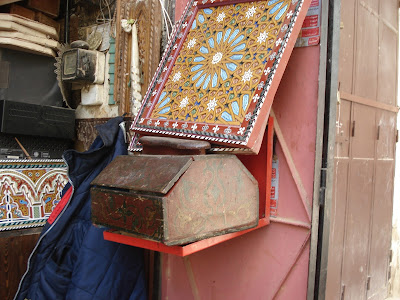Hér byrjar umfjöllun um íslensk víkingaaldarsverð. Mun ég fjalla um víkingaaldarsverð almennt en um leið kynna sérstaklega þau sem sem áhugaverðust eru.
Fá sverð hafa fundist á Íslandi
Aðeins 26 sverð frá víkingaöld hafa varðveist á Íslandi, og jafnvel þetta er ef til vill of mikið sagt þvi að sum af þessum "sverðum" eru aðeins smá leifar. Þannig er til dæmis aðeins knappurinn (klótin e. pommel) eftir af þremur sverðum, eitt neðra hjalt hefur varðveist og eitt efra hjalt af öðru sverði. Af fjórum sverðum eru aðeins nokkur brot af brandinum (sverðsblaði) eftir. Í samanburði við önnur Norðurlönd er þetta ansi lítið. Í Noregi hafa fundist yfir 2000 sverð, í Svíþjóð nær 800, í Finnland um 400 og í Danmörku eitthvað á milli 50-100, frekar nærri 50 en 100, að sögn sérfræðings Þjóðminjasafns Dana. Lága talan fyrir Danmörku endurspeglar það að kristnin kom þangað fyrr en í önnur Norðurlönd og þá breyttust grefrunarsiðir og ekkert haugfé mátti setja í gröfina. En meirihluti víkingaaldarsverða sem nú þekkist eru kominn frá kumlum frá heiðnum sið.
Sverðið frá Skaftátungu
Hér á myndinni fyrir neðan er sverðið sem fannst skammt frá bakka Eldvatns í Skaftátungu árið 2017 en gæsaskyttur höfðu rekist á það. Safnnúmer þess er Þjms 2016-73-1. Það er af Petersens gerð Q, eins og fimm önnur íslensk sverð og talin vera frá tíundu öld.
Sverðið er að öllum líkindum hluti af haugfé jafnvel þó að ekkert kuml hafi fundist, en skammt frá fundarstað sverðsins fannst spjótsoddur, knífur og einhver mannabein. Talið er að þau hafi komið úr sama kumli og sverðið.
Photo: Ríkisutvarpið.The sword from Skaftátunga, Þjms 2016-73-1.
The foremost part of the blade, 8,4 cm, had broken off. The hilt and the part of blade which is fastened to it is 85,1 cm. Together these parts are 93,5 cm, which means that the sword from Skaftátunga is the longest Viking Age sword found in Iceland. Upper guard W 8,4 cm, lower guard W 13,2 cm. Handle length 9,2 cm. Blade B 5,7 cm uppermost.
The sword was found by friends who were hunting for wild geese near Lake Eldvatn in Skaftátunga in South-Iceland, 63°40'26.3"N 18°25'51.4"W
The sword is obviously from a Viking Age grave, even though no grave was found. But some weeks later the archaeologists who studied the area found a spearhead of unclassifiable type and a knife and some bone fragments of humans. The grave has most probably been destroyed by the avalanche from the glacier in 2015.

















